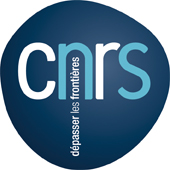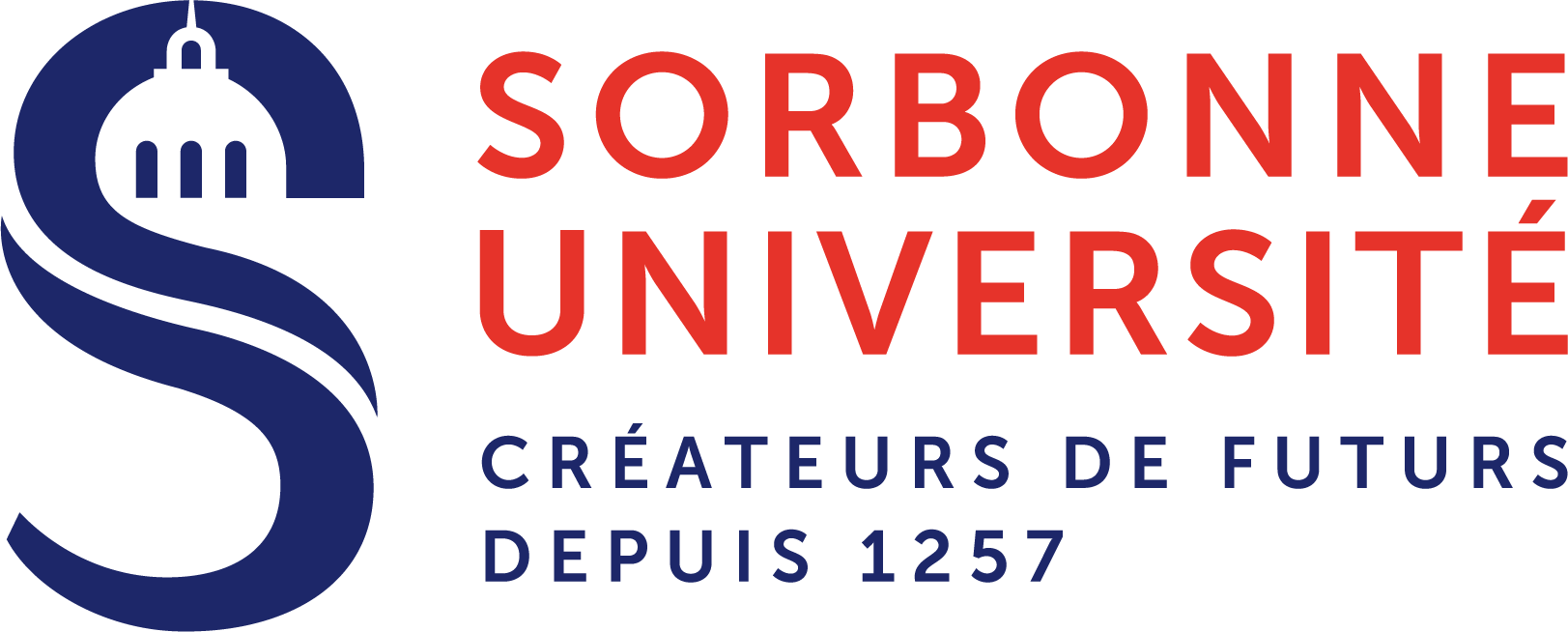Menu datasets
Abstract
This page provides two datasets. Both come from this article https://hal.sorbonne-universite.fr/hal-01820441/file/BAILLY_MenuModel.pdf
The first dataset (http://www.gillesbailly.fr/exchange/eye-tracker/samples-cleaned.csv) provides time, eye fixations and gaze points for each trial. Readme: http://www.gillesbailly.fr/exchange/eye-tracker/readme.txt
The second one (https://drive.google.com/file/d/1T3hml83zCMX0RnCVEFrj9nfZzstFXi3W/view?usp=sharing) provides search strategy for each trial
Project description
The data collection is fully described in :
Gilles Bailly, Antti Oulasvirta, Duncan P. Brumby, Andrew Howes. Model of visual search and selection time in linear menus. CHI ’14 Proceedings of the SIGCHI Conference on Human Factors in Computing Systems, Apr 2014, Toronto, France. 10.1145/2556288.2557093 . hal-01820441
The user interface prompted participants with a simple button with the name of the target item
that should be found in different types of menus.
When participants clicked on that button, a menu appeared and they had to select the target item as fast as possible.
In the case of missing items (i.e., the target item is not in the menu),
the trial finished upon pressing the space bar.
The second dataset does not include the trials where the target item was not in the menu.
A 1750 Tobii eye-tracker was used (sampling rate: 50Hz; latency: 20ms; spatial resolution: 0.25deg). 0.19cm on the screen
The distance between the users’ eyes and the screen was 65cm.
The height of each menu item was 0.75cm and menu separators were 0.1cm each.
It means that participants could simultaneously focus on about 3 items at once,
assuming a human fovea of 2 degrees.
The experiment compared 3 stable menu organizations (Unordered, Alphabetical, Semantic),
3 menu lengths (8, 12, 16 items) and target positions.
Participants carried out at least 12 blocks per menu type,
i.e., a given menu organization with a specific menu length.
Each item was selected once per block.
The experiment followed a within-participants design:
each participant tested the 9 conditions (3 organizations $\times$ 3 lengths) while findings all target items.
The order of the conditions was counterbalanced between participants using a Latin square design.
In total, the experiment comprised
19 participants x 3 menu organizations x 12 blocks x {8, 12, 16} targets (depending on menu
length) = 24624 trials or command selections.
The duration of the experiment was about 4h30 (3 sessions of 90 minutes each) per participant.


